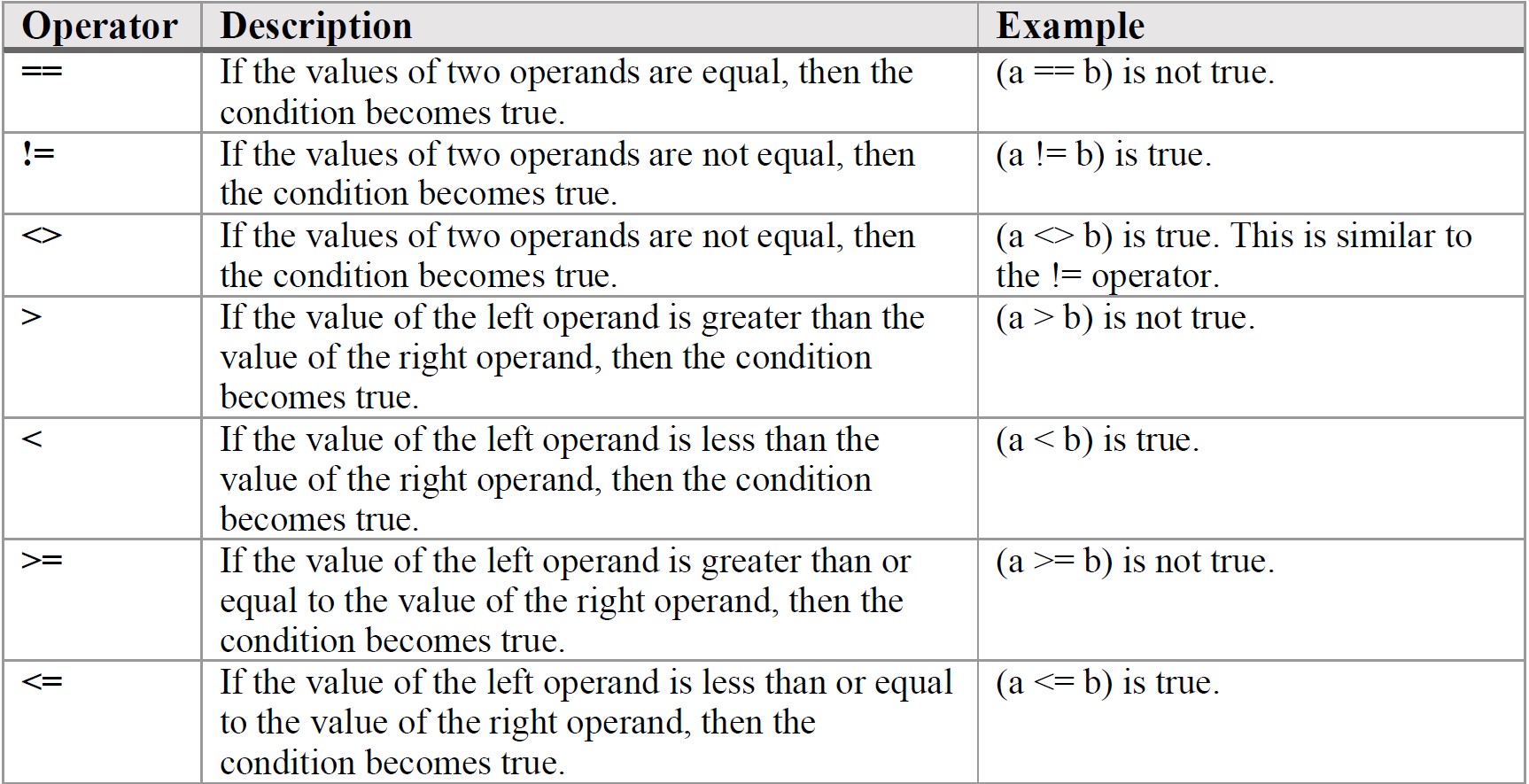Python Installation
For Python installation follow https://cityuseattle.github.io/docs/environment/python/
Variables
Variables are containers for storing data values. Unlike other programming languages, Python has no command for declaring a variable. A variable is created the moment you first assign a value to it. A variable can have a short name (like x and y) or a more descriptive name (age, carname, total_volume). Rules for Python variables include:
- A variable name must start with a letter or the underscore character
- A variable name cannot start with a number
- A variable name can only contain alpha-numeric characters and underscores (A-z, 0-9, and _)
- Variable names are case-sensitive (age, Age and AGE are three different variables)
To create the variable type
message = “Hello World”
Multiple assignments
Python allows you to assign values to multiple variables in one line and you can assign the same value to multiple variables in one line.
print("\nMultiple assignments\n")
a, b, c = 5, 3.2, "Hello"
print ("a = ", a)
print ("b = " , b)
print ("c = ", c)
x = y = z = "Python"
print ("x ="+ x)
print ("y ="+ y)
print ("z ="+ z)
Data Types
Data types are the classification or categorization of data items. Data types represent a kind of value which determines what operations can be performed on that data. Numeric, non-numeric, and Boolean (true/false) are the most used data types.
Numeric
A numeric data type is any representation of data which has a numeric value. Python identifies three types of numbers:
- Integer: Positive or negative whole numbers (without a fractional part). For example: »> x = 5
- Float: Any real number with a floating-point representation in which a fractional component is denoted by a decimal symbol or scientific notation. For example: »> y = 2.5
- Complex number: A number with a real and imaginary component represented as x+yi. x and y are floats and i is -1 (the square root of -1 is called an imaginary number). For example:
z = 2 + 3i
Boolean
A Boolean is data with one of two built-in values: True or False. Notice that ‘T’ and ‘F’ are capitalized. “true” and “false” are not valid Booleans and Python will throw an error for them. For example:
print (10>9)
Result: True
Sequence
Type A sequence is an ordered collection of similar or different data types. Python has the following built-in sequence data types:
- String: A string value is a collection of one or more characters put in single, double, or triple quotes. The string is initialized in the following ways:
message = “This is a string declaration”
message = ‘This is also a string declaration’
- List: A list object is an ordered collection of one or more data items, not necessarily of the same type, put in square brackets.
list1 = ['physics', 'chemistry', 1997, 2000]
- Tuple: A Tuple object is an ordered collection of one or more data items, not necessarily of the same type, put in parentheses. A tuple is not mutable, i.e., it doesn’t have any methods for changing its contents.
tup1 = ('physics', 'chemistry', 1997, 2000)
Dictionary
A dictionary object is an unordered collection of data in a key: value pair form. A collection of such pairs is enclosed in curly brackets. For example:
{1:"Steve", 2:"Bill", 3:"Ram", 4: "Farha"}
String functions
Python has a set of built-in methods that you can use on strings.
message = "this is also a string"
print("Title:" + message.title())
print("Uppercase: "+ message.upper())
print("Lowercase: "+ message. lower())
The title() method returns a string where the first character in every word is upper case. If the word contains a number or a symbol, the first letter after that will be converted to upper case. The upper() method returns a string where all characters are in upper case. Symbols and numbers are ignored. The lower() method returns a string where all characters are lower case. Symbols and numbers are ignored.
Concatenation:
In Python, there are a few ways to concatenate, or combine, strings. The new string that is created is referred to as a string object. This is because everything in Python is an object – which is why Python is an objected-oriented language.
first_message = "Hi!"
second_message = "How are you ?"
full_message = f"{first_message} {second_message}"
print(full_message)
Also called “formatted string literals,” f-strings are string literals that have an f at the beginning and curly braces containing expressions that will be replaced with their values. The expressions are evaluated at runtime and then formatted using the format protocol.
Numbers and operators
The Python language supports the following types of operators:
- Arithmetic Operators
- Comparison (Relational) Operators
- Assignment Operators
- Logical Operators
- Bitwise Operators
- Membership Operators
- Identity Operators
The commonly used operators are discussed below.
Arithmetic Operators
Consider the values of a = 10 and b = 20.

print("\n FLoat\n")
a =2.2
b =2
c = 0.1
print(" a+b = ",a+b)
print(" a+c = ",a+c)
print(" a*b = ",a*b)
print(" a*c = ",a*c)
If we look at the answer of a + c and a ** b, it is displayed as an arbitrary number of decimal places. This happens in all languages and is of little concern. Python tries to find a way to represent the result as precisely as possible, which is sometimes difficult given how computers have to represent numbers internally.
Comparison Operators
Consider the values of a = 10 and b = 20.
